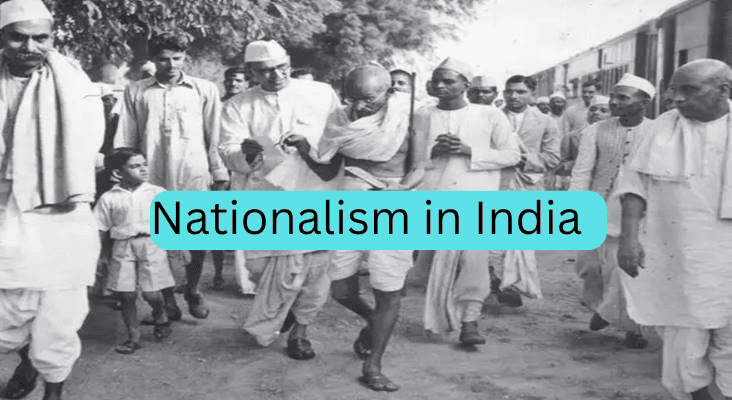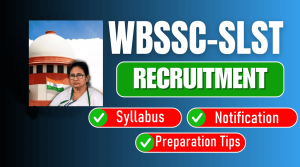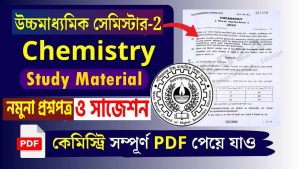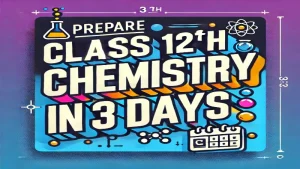Here are some important points about nationalism in India that may be relevant for competitive exams.
- The growth of modern nationalism is intimately connected to the anti-colonial movement.
The First World War & its effect
- First world war 1914 to 1918
- Through the war years prices increased(in india) – doubling between 1913 and 1918 – leading to extreme hardship for the common people. Villages were called upon to supply soldiers, and the forced recruitment in rural areas caused widespread anger.
- Then in 1918-19 and 1920-21, crops failed in many parts of India, resulting in acute shortages of food. This was accompanied by an influenza epidemic. According to the census of 1921, 12 to 13 million people perished as a result of famines and the epidemic.
- People hoped that their hardships would end after the war was over. But that did not happen.
The Idea of Satyagraha:
- Mahatma Gandhi returned to India in January 1915.
- The idea of satyagraha emphasised the power of truth and the need to search for truth. It suggested that if the cause was true, if the struggle was against injustice, then physical force was not necessary to fight the oppressor. Without seeking vengeance or being aggressive, a satyagrahi could win the battle through nonviolence.
- Mahatma Gandhi believed that this dharma of non-violence could unite all Indians.
- After arriving in India, Mahatma Gandhi successfully organised satyagraha movements in various places. In 1917 he travelled to Champaran in Bihar to inspire the peasants to struggle against the oppressive plantation system. Then in 1917, he organised asatyagraha to support the peasants of the Kheda district of Gujarat.
- Affected by crop failure and a plague epidemic, the farmar of Kheda could not pay the revenue, and were demanding that revenue collection be relaxed. In 1918, Mahatma Gandhi went to Ahmedabad to organise a satyagraha movement amongst cotton mill workers.
The Rowlatt Act:
- Mahatma Gandhi wanted non-violent civil disobedience against such(The Rowlatt Act) unjust laws, which would start with a hartal on 6 April. Local leaders were picked up from Amritsar, and Mahatma Gandhi was barred from entering Delhi.
- Martial law was imposed and General Dyer took command.
- The Jallianwala Bagh massacre was a violent incident that took place on April 13, 1919 in Amritsar, Punjab. The massacre was ordered by temporary brigadier general R. E. H. Dyer, who surrounded the crowd with his troops and ordered them to shoot. Estimates of the death toll vary from 379 to 1,500 or more.
- Some came to protest against the government’s new repressive measures. Others had come to attend the annual Baisakhi fair.
- Seeing violence spread, Mahatma Gandhi called off the movement.
Such movement could be organised without bringing the Hindus and Muslims closer together. One way of doing this, he felt, was to take up the Khilafat issue.
- Khilafat Committee was formed in Bombay in March 1919.
- At the Calcutta session of the Congress in September 1920, he convinced other leaders of the need to start a non-cooperation movement in support of Khilafat as well as for swaraj.
- The Khilafat movement was a political campaign in British India from 1919 to 1922 that protested British policies towards Turkey and the Ottoman Empire. The movement was led by Shaukat Ali and LIAKAT ALI + Maulana Mohammad Ali Jauhar. Other leaders included Hakim Ajmal Khan and Abul Kalam Azad. The movement ended in 1922 after the end of the non-cooperation movement.
Non-Cooperation:
In his famous book Hind Swaraj (1909) Mahatma Gandhi declared that British rule was established in India with the cooperation of indians. 1920 Mahatma Gandhi and Shaukat Ali toured extensively, mobilising popular support for the movement.
At the Congress session at Nagpur in December 1920, a compromise was worked out, and the non-cooperation programme was adopted by the Indian National Congress. Non-Cooperation-Khilafat Movement of 1921 involved various social groups, each with their own aspirations for Swaraj, or self-rule.
In Awadh, peasants were led by Baba Ramchandra – a sanyasi who had earlier been to Fiji as an indentured labourer. The movement here was against talukdars and landlords who demanded from peasants exorbitantly high rents and a variety of other cesses.
C. R. Das and Motilal Nehru formed the Swaraj Party 1922 within the Congress to argue for a return to council politics. Young leaders like Jawaharlal Nehru and Subhas Chandra Bose emphasis on a more radical mass agitation and for Purna Swaraj. Nehru advocated for greater civil disobedience and mass movements, while Bose even supported armed struggle against British rule.
Simon Commission arrived in India in 1928. The problem was that the commission did not have a single Indian member. They were all British.
In December 1929, under the presidency of Jawaharlal Nehru, the Lahore Congress formalised the demand of ‘Purna Swaraj’ or full independence for India. It was declared that 26 January 1930, would be celebrated as the Independence Day.
The Salt March and the Civil Disobedience Movement
On January 31, 1930, Gandhi sent a letter to Viceroy Irwin with 11 demands, including the abolition of the salt tax. When Irwin did not respond anything, Mahatma Gandhi launched the Civil Disobedience Movement by leading a salt march from his ashram in Sabarmati to Dandi(240 miles), a coastal town in Gujarat. The march lasted 24 days, and Gandhi and his followers reached Dandi on April 6, 1930. There, Gandhi broke the law by making salt from boiling sea water.
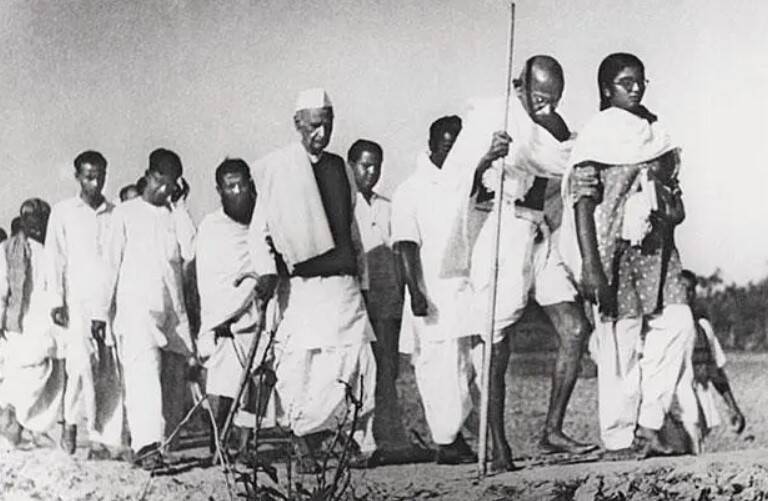
Worried by the developments, the colonial government began arresting the Congress leaders one by one. Abdul Ghaffar Khan was arrested in April 1930. A month later, when Mahatma Gandhi himself was arrested n, and about 100,000 people were arrested.
In such a situation, Mahatma Gandhi once again decided to call off the movement and entered into a pact with Irwin on 5 March 1931.
We’ve moved! This page has a new home. Check out the updated content here
